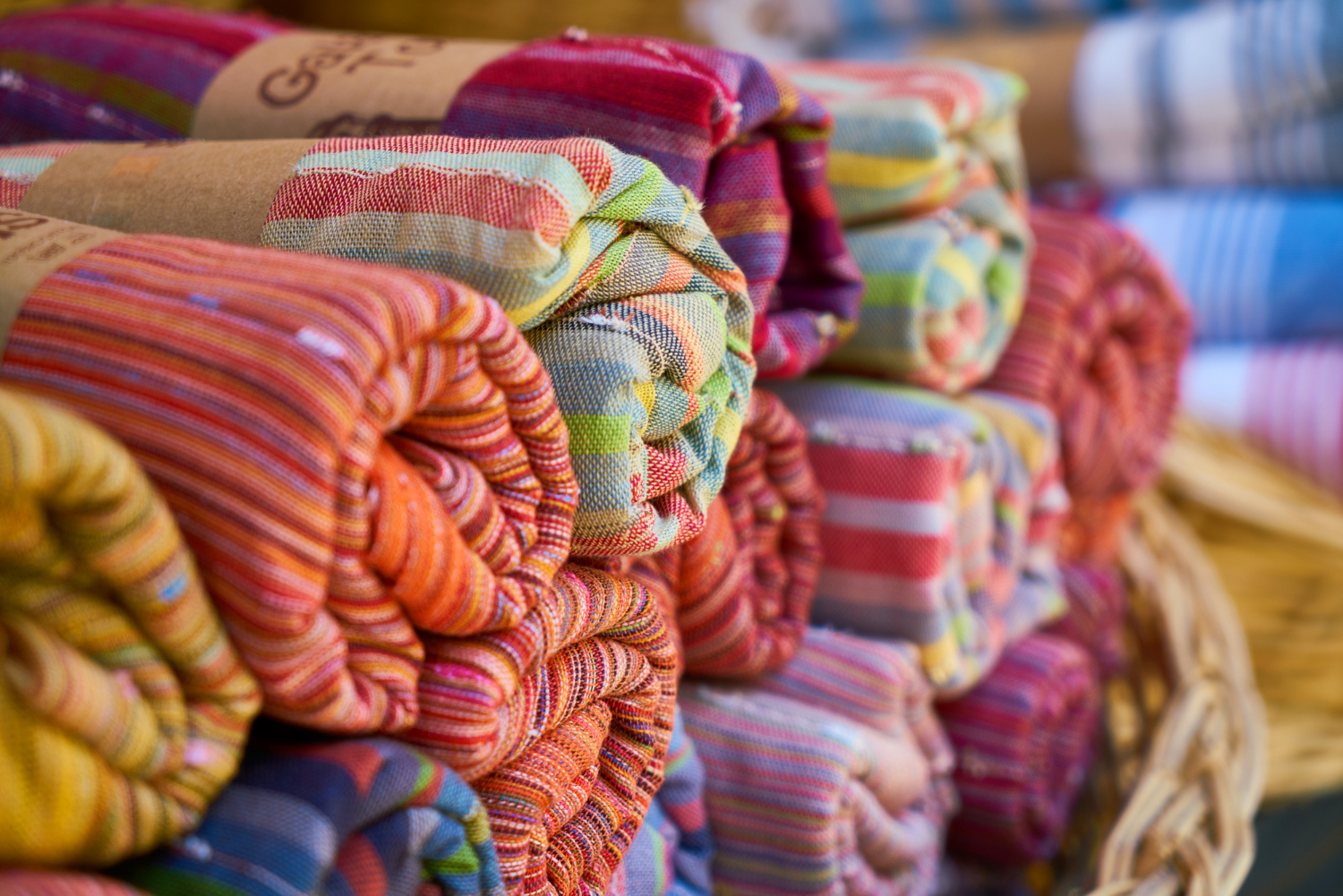Exploring the Rich Heritage of Handmade Guatemalan Textiles




Guatemalan textiles are not just fabrics; they are cultural treasures that reflect the history, craftsmanship, and identity of indigenous communities spanning millennia. This blog delves deeper into the profound legacy of Handmade Guatemalan textiles, examining their historical significance, intricate weaving techniques, symbolic motifs, contemporary adaptations, and their impact on cultural preservation and global appreciation.
Historical Significance
The tradition of textile weaving in Guatemala traces its roots back over 2,000 years to the ancient Maya civilization. Textiles were integral to Maya society, serving multifaceted roles as garments, ceremonial attire, and status symbols. Maya weavers employed sophisticated techniques such as brocade, supplementary weft, and ikat dyeing to create intricate patterns and vibrant colors that represented cosmic elements, deities, and societal roles. These textiles were not merely utilitarian but held spiritual and cultural significance, woven with sacred intent and passed down through generations as a means of cultural continuity.
The Spanish conquest in the 16th century brought profound changes to Guatemala’s textile traditions. While some indigenous weaving techniques persisted, European influences introduced new materials like wool and silk, and mechanized looms such as the foot pedal loom were adopted, transforming the scale and complexity of textile production. Despite these changes, indigenous communities maintained their distinctive weaving practices, adapting and integrating new materials while preserving their cultural identity.
Traditional Weaving Techniques
Handmade Guatemalan textiles are primarily crafted using two traditional weaving techniques that have been refined and passed down through generations:
Backstrap Loom: This ancient method remains central to Maya textile production. The backstrap loom is a simple yet versatile tool, consisting of a strap tied around the weaver’s back and attached to a stationary object. This setup allows for precise tension control and facilitates the creation of intricate designs in textiles such as huipils, Cortes, and ceremonial garments. Weavers often incorporate complex weaving techniques like brocade and supplementary weft to imbue their textiles with symbolic meaning and aesthetic beauty.
Foot Pedal Loom: Introduced during the colonial era, the foot pedal loom revolutionized textile production in Guatemala. Operated by foot pedals that control the warp and weft threads, this loom enables faster weaving of larger pieces such as blankets, rugs, and tablecloths. Artisans adeptly weave geometric patterns, stripes, and intricate motifs using this mechanized tool, blending traditional artisan crafts with increased efficiency to meet domestic and international demand.
Peg Loom (Telar de Pata): The peg loom, or Telar de Pata, is another traditional weaving technique used in handmade Guatemalan textiles. It consists of a horizontal loom where the warp threads are stretched between two horizontal bars, with pegs inserted to maintain tension. This technique is particularly suited for weaving belts, straps, and narrow bands with intricate patterns and designs. Artisan crafts often use natural fibers and vibrant colors to create functional and decorative textiles that showcase their skill and cultural heritage.
Symbolic Motifs and Designs
Handmade Guatemalan textiles are renowned for their vibrant colors and symbolic motifs, each laden with cultural and spiritual significance:
- Quetzal Bird: A revered symbol of freedom and prosperity in Maya culture, the quetzal bird is often depicted in ceremonial textiles, symbolizing the connection between earthly and divine realms.
- Mayan Calendar: Reflecting the cyclical nature of time and the cosmic order, the Mayan calendar motif signifies the interconnectedness of humanity with celestial forces and the natural world.
- Corn (Maize): Sacred to the Maya civilization, corn symbolizes sustenance, fertility, and the cycle of life. Its depiction in textiles honors agricultural traditions and celebrates the vital connection between humans and the land.
These motifs serve as visual narratives, conveying stories of creation, mythology, and ancestral wisdom that bind contemporary weavers to their cultural heritage.
Contemporary Relevance and Global Appeal
In recent decades, handmade Guatemalan textiles have garnered international acclaim for their beauty, craftsmanship, and cultural authenticity. Artisan crafts continue to innovate by blending traditional techniques with contemporary designs and sustainable practices. Modern adaptations include the use of organic dyes, recycled fibers, and innovative weaving patterns that appeal to global markets while honoring indigenous traditions. This synergy of tradition and innovation not only sustains artisan livelihoods but also preserves Guatemala’s textile heritage for future generations.
Socio-economic Impact and Sustainability
The art of weaving plays a pivotal role in Guatemala’s socio-economic landscape, providing income and empowerment to indigenous women who are often the primary weavers. Fairtrade organizations and cooperatives advocate for ethical practices, ensuring artisans receive fair wages, access to markets, and opportunities for skills development. By supporting these initiatives, consumers contribute to the economic resilience of indigenous communities while promoting sustainable development and cultural preservation.
Conclusion
Guatemalan textiles are more than artifacts; they are living testaments to the resilience, creativity, and cultural pride of indigenous communities who have safeguarded their textile traditions through centuries of social change and adversity. By valuing and supporting handmade textiles, we celebrate Guatemala’s rich cultural legacy and contribute to the continuity of traditional craftsmanship in a globalized world.
FAQs
What materials are traditionally used in Guatemalan textiles?
Guatemalan textiles are primarily crafted from cotton, though wool and silk are also used in certain regions and for specific purposes.
How long does it take to weave a traditional Guatemalan textile?
The time required varies depending on the size, complexity, and weaving technique. A single piece can take anywhere from several days to several months to complete.
Where can I purchase authentic Guatemalan textiles?
Authentic Guatemalan textiles can be found in fair trade shops, artisan cooperatives, and specialized stores that prioritize ethical sourcing and support for indigenous communities.
Contact Us Now
Experience the beauty and cultural richness of Guatemalan textiles firsthand. Explore our curated collection of authentic handmade textiles and support fair trade practices that empower artisans and preserve centuries-old traditions.